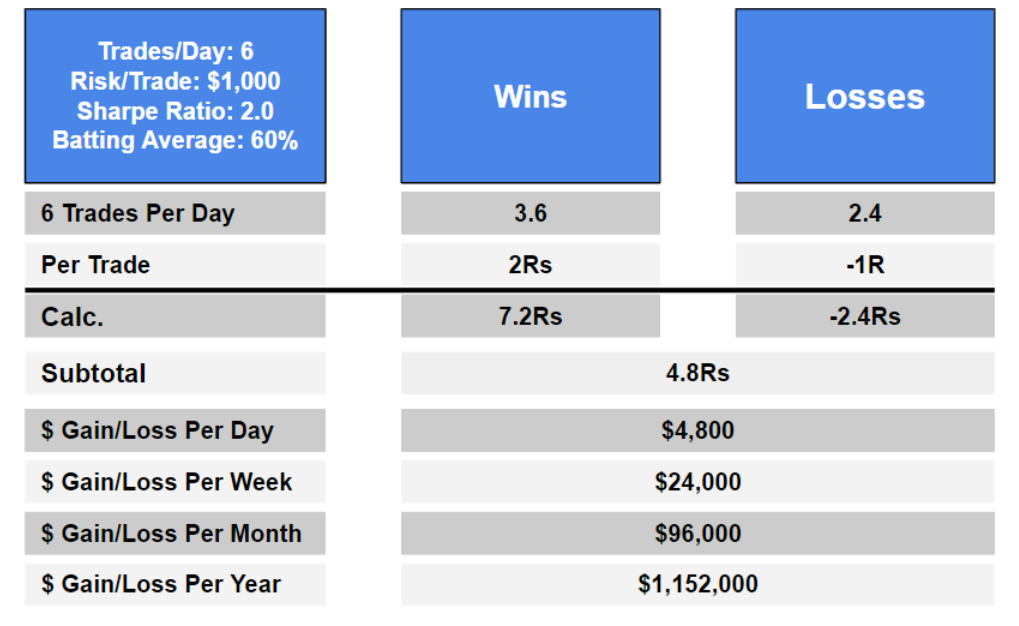
How did growth compare to six months ago? These stocks are not the same today because Wall Street faces new challenges. The stimulus has already started to have ramifications. More government payouts are leading to more inflation than the Fed is willing to tolerate. But the best stocks for growth still remain a strong option for those who want to see their portfolios grow. In this article, we'll talk about three of these stocks and why they may be worth looking at today.
Align Technology
Align Technology has a market share around 10% and is well positioned to grow its business. The company has also focused on expanding into the international market. It sold more straighteners from Europe and the Middle East in 2013 than the rest of the globe. To help meet the high demand in these regions, Align Technology is developing a new global manufacturing hub in Poland. There are however a few things you should be aware of.

The PEG/E ratio gives a wider picture than the P/E. It is a measure of growth that allows investors to compare companies that have high potential for growth. EBITDA, which is a measure for a company’s profitability, is $1.1 Billion. This company does no pay dividends. This makes it one the most attractive stocks for growth. You should attend the annual meeting if you intend to keep Align Technology longer than one year.
Universal Display Corporation
Universal Display Corporation is a stock that's regarded as one of the most attractive for companies in growth. The company's past history indicates that there is potential for growth. Universal Display may see a new partner in panel manufacturing and an increase in OLED-equipped smartphones helping to boost its stock price. The company also plans to expand its China market presence. If all these factors are successful, the company should be a solid choice for growth investors.
Universal Display Corporation is a pioneer of OLED technology but does not produce the devices we actually use every day. The company is actually the owner of several important patents, many of which relate to OLED emitters that use phosphorescent OLEDs. Its PHOLED substance is used in almost every AMOLED display. Universal Display's stock ticker is OLED, while its rival eMagin is an early developer of OLED microdisplays and focuses on the defense and consumer VR/AR markets. Despite this slant on the future, it remains a great pick for growth investors.
Shopify
Shopify could be a great stock to consider if you are looking for high-growth stocks. Shopify's recent strategic alliances with TikTok, Facebook and Twitter could be a significant advantage over Amazon. Shopify also has strong recurring revenue streams, with 40% of its earnings coming from subscription services. Shopify has a lot of growth potential, but also comes at a significant price. If you are a risk-averse investor, Shopify is best avoided.

Shopify's strong position in the ecommerce sector is despite these risks. The company's stock price increased from $416 to $1,762 as more consumers switched to shopping online. Shopify's revenue growth is rapid, but it doesn't provide clear guidance for its next fiscal year. The latest earnings guidance from Shopify stated it expects a lower Q4 revenue growth in FY 2022. But it didn't give details.
FAQ
How are share prices established?
The share price is set by investors who are looking for a return on investment. They want to make money from the company. So they buy shares at a certain price. Investors will earn more if the share prices rise. If the share value falls, the investor loses his money.
An investor's main goal is to make the most money possible. This is why they invest. It allows them to make a lot.
Who can trade in the stock market?
The answer is yes. However, not everyone is equal in this world. Some people are more skilled and knowledgeable than others. They should be rewarded for what they do.
But other factors determine whether someone succeeds or fails in trading stocks. If you don't understand financial reports, you won’t be able take any decisions.
So you need to learn how to read these reports. You must understand what each number represents. It is important to be able correctly interpret numbers.
This will allow you to identify trends and patterns in data. This will help you decide when to buy and sell shares.
You might even make some money if you are fortunate enough.
How does the stockmarket work?
When you buy a share of stock, you are buying ownership rights to part of the company. The shareholder has certain rights. He/she may vote on major policies or resolutions. He/she can seek compensation for the damages caused by company. He/she may also sue for breach of contract.
A company can't issue more shares than the total assets and liabilities it has. It is known as capital adequacy.
A company with a high ratio of capital adequacy is considered safe. Low ratios can be risky investments.
What's the difference among marketable and unmarketable securities, exactly?
The main differences are that non-marketable securities have less liquidity, lower trading volumes, and higher transaction costs. Marketable securities, however, can be traded on an exchange and offer greater liquidity and trading volume. Because they trade 24/7, they offer better price discovery and liquidity. However, there are many exceptions to this rule. Some mutual funds are not open to public trading and are therefore only available to institutional investors.
Non-marketable securities can be more risky that marketable securities. They are generally lower yielding and require higher initial capital deposits. Marketable securities are generally safer and easier to deal with than non-marketable ones.
A large corporation bond has a greater chance of being paid back than a smaller bond. This is because the former may have a strong balance sheet, while the latter might not.
Because of the potential for higher portfolio returns, investors prefer to own marketable securities.
How can people lose money in the stock market?
The stock exchange is not a place you can make money selling high and buying cheap. It's a place where you lose money by buying high and selling low.
The stock market offers a safe place for those willing to take on risk. They are willing to sell stocks when they believe they are too expensive and buy stocks at a price they don't think is fair.
They believe they will gain from the market's volatility. They could lose their entire investment if they fail to be vigilant.
What are the benefits of stock ownership?
Stocks have a higher volatility than bonds. The stock market will suffer if a company goes bust.
However, share prices will rise if a company is growing.
Companies usually issue new shares to raise capital. This allows investors to purchase additional shares in the company.
Companies use debt finance to borrow money. This gives them access to cheap credit, which enables them to grow faster.
When a company has a good product, then people tend to buy it. The stock will become more expensive as there is more demand.
The stock price will continue to rise as long that the company continues to make products that people like.
What is a Mutual Fund?
Mutual funds are pools that hold money and invest in securities. They offer diversification by allowing all types and investments to be included in the pool. This helps reduce risk.
Professional managers manage mutual funds and make investment decisions. Some funds offer investors the ability to manage their own portfolios.
Mutual funds are often preferred over individual stocks as they are easier to comprehend and less risky.
How does inflation affect stock markets?
Inflation is a factor that affects the stock market. Investors need to pay less annually for goods and services. As prices rise, stocks fall. This is why it's important to buy shares at a discount.
Statistics
- US resident who opens a new IBKR Pro individual or joint account receives a 0.25% rate reduction on margin loans. (nerdwallet.com)
- Even if you find talent for trading stocks, allocating more than 10% of your portfolio to an individual stock can expose your savings to too much volatility. (nerdwallet.com)
- Ratchet down that 10% if you don't yet have a healthy emergency fund and 10% to 15% of your income funneled into a retirement savings account. (nerdwallet.com)
- For instance, an individual or entity that owns 100,000 shares of a company with one million outstanding shares would have a 10% ownership stake. (investopedia.com)
External Links
How To
How to Trade in Stock Market
Stock trading is the process of buying or selling stocks, bonds and commodities, as well derivatives. The word "trading" comes from the French term traiteur (someone who buys and sells). Traders are people who buy and sell securities to make money. This is the oldest form of financial investment.
There are many ways to invest in the stock market. There are three basic types: active, passive and hybrid. Passive investors do nothing except watch their investments grow while actively traded investors try to pick winning companies and profit from them. Hybrid investors combine both of these approaches.
Passive investing involves index funds that track broad indicators such as the Dow Jones Industrial Average and S&P 500. This approach is very popular because it allows you to reap the benefits of diversification without having to deal directly with the risk involved. You just sit back and let your investments work for you.
Active investing means picking specific companies and analysing their performance. Active investors will analyze things like earnings growth rates, return on equity and debt ratios. They also consider cash flow, book, dividend payouts, management teams, share price history, as well as the potential for future growth. They then decide whether or not to take the chance and purchase shares in the company. If they feel the company is undervalued they will purchase shares in the hope that the price rises. They will wait for the price of the stock to fall if they believe the company has too much value.
Hybrid investing blends elements of both active and passive investing. You might choose a fund that tracks multiple stocks but also wish to pick several companies. In this instance, you might put part of your portfolio in passively managed funds and part in active managed funds.